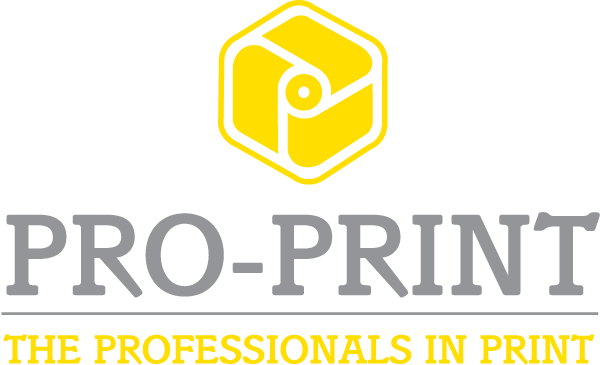Fresnel Lens Film - Creating the Perfect Illusion
/From laser etching on glass to 3D effects on folding cartons and innovative foil blocking techniques, international brand owners are creating stunning decorative effects for product packaging that add real differentiation on-shelf.
At the recent Packaging Innovations London 2013 exhibition, one eye-catching material was Fresnel lens film - presented on a variety of packs including DVD cases, liquor, cosmetics and fragrance boxes.
Developed in the late 1700s by French physicist, Augustin-Jean Fresnel, the original lens was devised for use in lighthouses. It allows construction of a large aperture lens with short focal length without the volume of material required by a conventional lens. It's also much thinner than a traditional lens, in some cases taking the form of a flat sheet.
Yvette Roberts, director of Durban-based Pro Print, one of South Africa's leading folding carton and printing specialists, visited Packaging Innovations in search of value-adding materials and packaging designs. What attracted her to Fresnel was its distinctive allure and versatility.
"The show provided an exciting insight into packaging, never before seen in South Africa," reports Yvette. "And, from cosmetics to food, alcohol and cigarettes, Fresnel's novel appeal was evident. The effectiveness of this lens technology is impressive and the many options available allow for maximum effect."
Impressive Characteristics
Fresnel lens film for packaging is created from a linear or circular lens and manufactured using a continuous UV-casting process. It's typically laminated to paper or board and sheeted for use in offset or flexographic printing before being die-cut.
"Fresnel lens structures are placed behind specific areas of a graphic to add depth and “movement” to artwork; and holographic patterns can be added to areas where rainbow colour and sparkle effects are desired,’ Yvette explains. ‘When used for decorative purposes, a Fresnel pattern brings the illusion of 3D with eye-catching movement. On-shelf, it images the area where a package is displayed, so if a person is standing in the aisle of a store and someone walks between them and the package, the pack will appear to have movement. This immediately catches the eye and draws attention to the product,’ she adds.
Fresnel lens technology came to the fore in the international packaging arena in 2010, when it
was used in a special bottle design for the 250th anniversary of premium gin brand, Bombay Sapphire. In 2011, Glaxo SmithKline took Fresnel to new heights, scooping top honours in the DuPont Awards by creating a 3D tromp-l’oeil effect on the panels of its Sensodyne Repair & Protect toothpaste packs. Each carton features a holographic image of a tooth using Fresnel technology supplied by laminate specialist API and Chesapeake Packaging.
Premium Potential
During the last three years, various Fresnel innovations have emerged across a variety of packaging substrates. ‘It’s not surprising,’ states Yvette, who has identified several areas in the
local packaging arena where lens technology can add originality and value. ‘Fresnel doesn’t come cheap,’ she continues, ‘so its appeal rests in luxury applications such as fragrances, cosmetics and beverage packaging or for spot applications such as the Glaxo SmithKline toothpaste campaign.’
The benefits of applying Fresnel are two-fold. ‘From a converting perspective, we can use existing equipment to laminate film to a variety of readily- available, printable board grades. By doing so, we can create original, one-of-a-kind packaging that stands out on-shelf and creates instant brand appeal.’
Yvette is already consulting with one of South Africa’s leading nutraceutical companies, developing a range of Fresnel designs for a new season launch. ‘Once the range hits the market I’m confident we’re going to rouse interest across various other high-end packaging sectors,’ concludes Yvette.


